
Blog for Zipline Attraction in the Smoky Mountains
Located in Pigeon Forge, TN and near Gatlinburg and Sevierville.
Blog posts for category "National Park"
Must-See Wildflowers and Plant Life in the Smoky Mountains
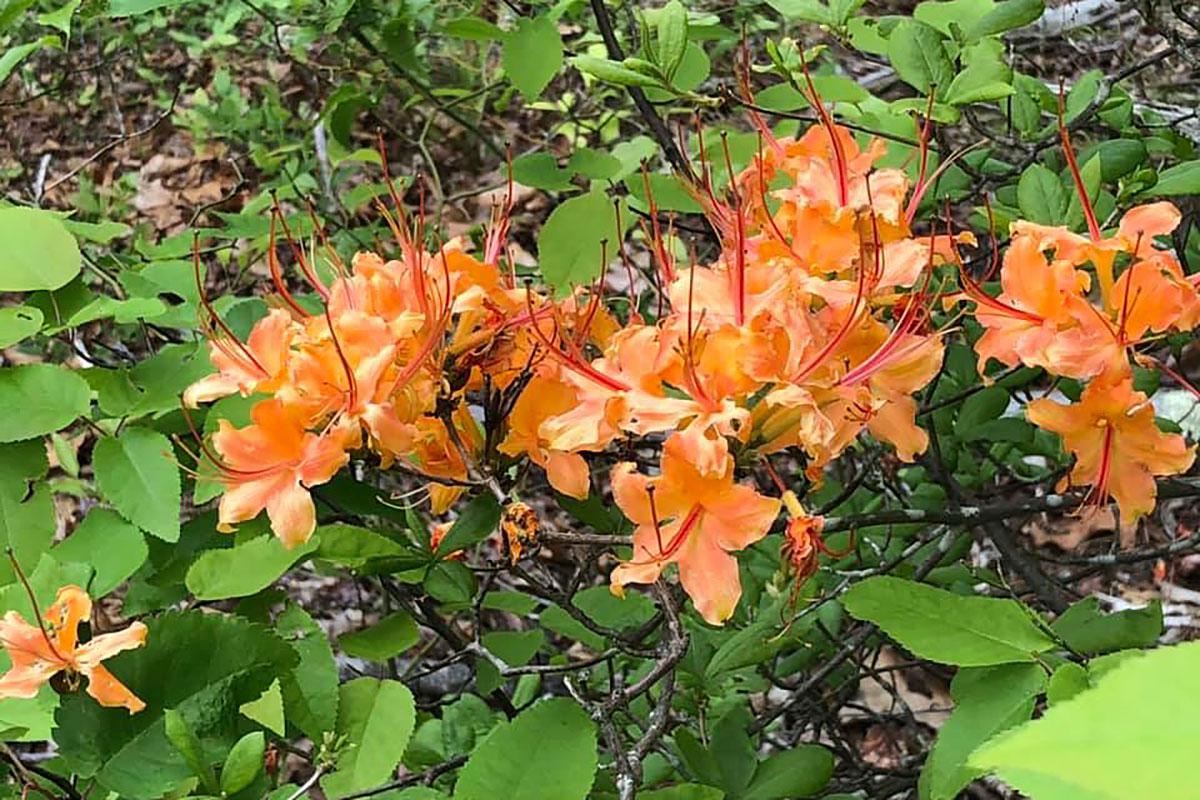 The Great Smoky Mountains National Park is a botanical wonderland, home to a staggering variety of wildflowers, trees, and plant life that thrive in the region's rich, diverse ecosystems. From the lush valleys to the high-altitude slopes, the park is a living, breathing testament to nature's beauty. Whether you're a seasoned botanist or simply someone who loves to take in nature's splendor, the wildflowers and plant life in the Smokies will leave you in awe.
The Great Smoky Mountains National Park is a botanical wonderland, home to a staggering variety of wildflowers, trees, and plant life that thrive in the region's rich, diverse ecosystems. From the lush valleys to the high-altitude slopes, the park is a living, breathing testament to nature's beauty. Whether you're a seasoned botanist or simply someone who loves to take in nature's splendor, the wildflowers and plant life in the Smokies will leave you in awe.
Hidden Waterfalls of the Smoky Mountains You Need to Visit
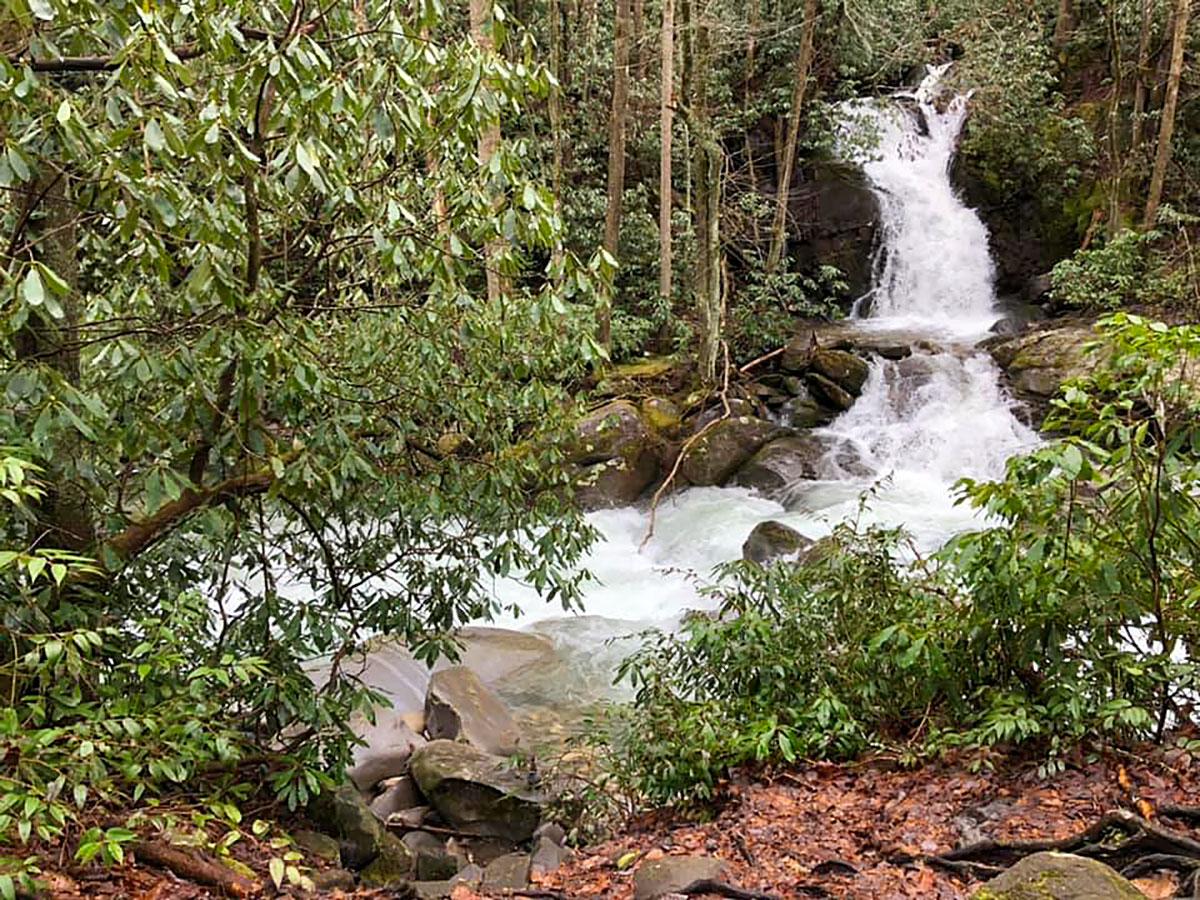 The Great Smoky Mountains are famous for their rugged beauty, misty forests, and diverse wildlife. But perhaps one of the most enchanting features of this mountain range are the breathtaking waterfalls hidden throughout the landscape. While some waterfalls are easily accessible and well-known, there are countless hidden gems waiting to be explored by those willing to venture off the beaten path. If you're a nature enthusiast or waterfall chaser looking for an adventure in the Smokies, here's a guide to some of the hidden waterfalls you absolutely need to visit.
The Great Smoky Mountains are famous for their rugged beauty, misty forests, and diverse wildlife. But perhaps one of the most enchanting features of this mountain range are the breathtaking waterfalls hidden throughout the landscape. While some waterfalls are easily accessible and well-known, there are countless hidden gems waiting to be explored by those willing to venture off the beaten path. If you're a nature enthusiast or waterfall chaser looking for an adventure in the Smokies, here's a guide to some of the hidden waterfalls you absolutely need to visit.
Leave No Trace: How to Respect Nature While Hiking in the Smokies
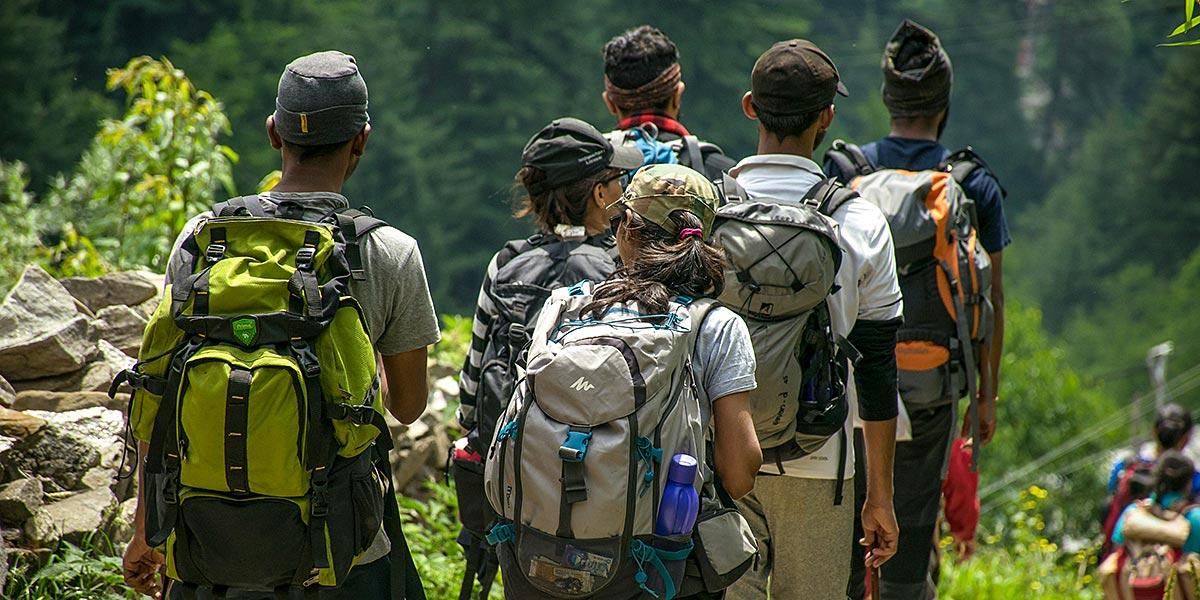 The Great Smoky Mountains, with their breathtaking views, diverse ecosystems, and rich history, draw millions of visitors each year. Whether you're trekking along the Appalachian Trail, exploring the Roaring Fork Motor Nature Trail, or simply enjoying a quiet moment by a mountain stream, the Smokies offer a sanctuary for outdoor lovers. However, as more people venture into these natural wonders, the responsibility to protect and preserve the environment has never been more critical.
The Great Smoky Mountains, with their breathtaking views, diverse ecosystems, and rich history, draw millions of visitors each year. Whether you're trekking along the Appalachian Trail, exploring the Roaring Fork Motor Nature Trail, or simply enjoying a quiet moment by a mountain stream, the Smokies offer a sanctuary for outdoor lovers. However, as more people venture into these natural wonders, the responsibility to protect and preserve the environment has never been more critical.
Exploring the Rich History of the Smoky Mountains
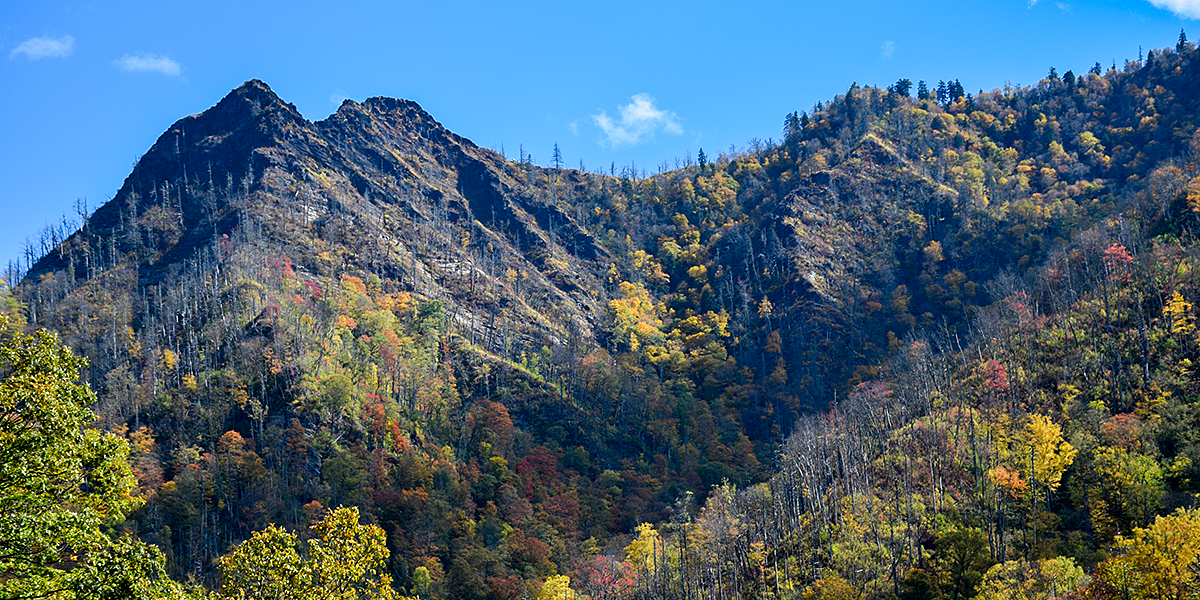 Encompassing the border between North Carolina and Tennessee, the Great Smoky Mountains National Park is a repository of natural splendor, cultural heritage, and captivating narratives. As one of the most frequented national parks in the United States, it extends beyond its awe-inspiring landscapes, offering a glimpse into the past. From the remnants of ancient human settlements to the advent of tourism in the 20th century, the park serves as a portal to history. Delving into the history of the Smoky Mountains is akin to traversing a temporal continuum, where layers of historical events, indigenous cultures, and pioneer experiences converge in a harmonious tapestry of the past.
Encompassing the border between North Carolina and Tennessee, the Great Smoky Mountains National Park is a repository of natural splendor, cultural heritage, and captivating narratives. As one of the most frequented national parks in the United States, it extends beyond its awe-inspiring landscapes, offering a glimpse into the past. From the remnants of ancient human settlements to the advent of tourism in the 20th century, the park serves as a portal to history. Delving into the history of the Smoky Mountains is akin to traversing a temporal continuum, where layers of historical events, indigenous cultures, and pioneer experiences converge in a harmonious tapestry of the past.
Exploring Historic Cabins and Homesteads in the Smoky Mountains: A Glimpse into the Past
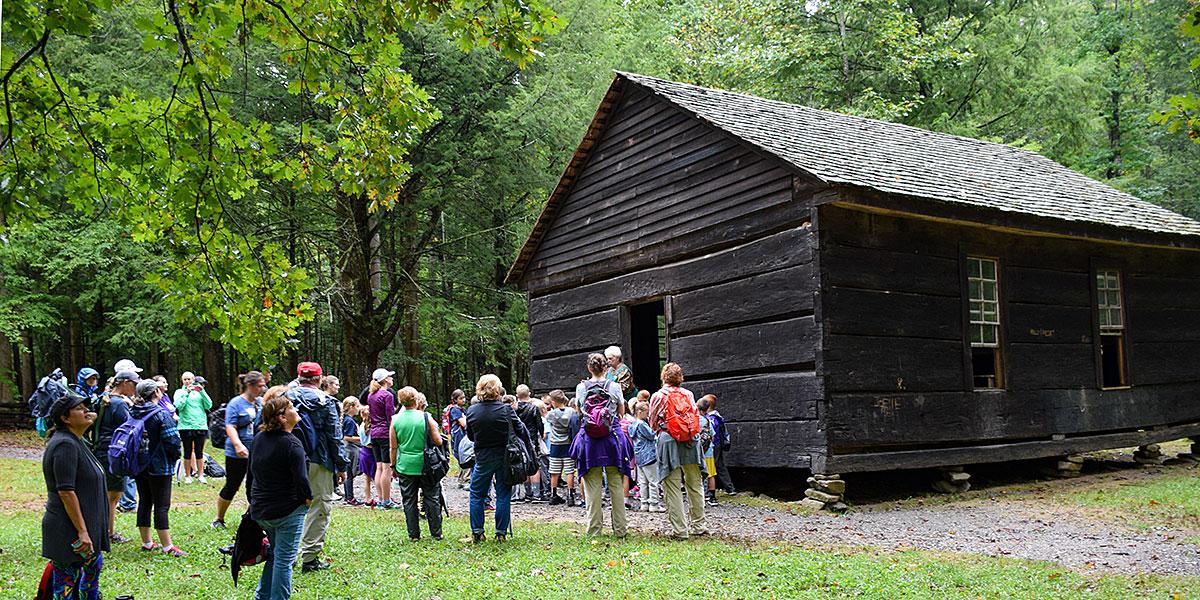 Nestled between North Carolina and Tennessee, the Smoky Mountains are a natural wonder renowned for their breathtaking vistas, diverse wildlife, and rich cultural heritage. Beyond their scenic beauty and outdoor adventures, the region is also home to a collection of historic cabins and homesteads that offer a captivating glimpse into the past.
Nestled between North Carolina and Tennessee, the Smoky Mountains are a natural wonder renowned for their breathtaking vistas, diverse wildlife, and rich cultural heritage. Beyond their scenic beauty and outdoor adventures, the region is also home to a collection of historic cabins and homesteads that offer a captivating glimpse into the past.
Top Things to Do in Cades Cove in the National Park - Part 2
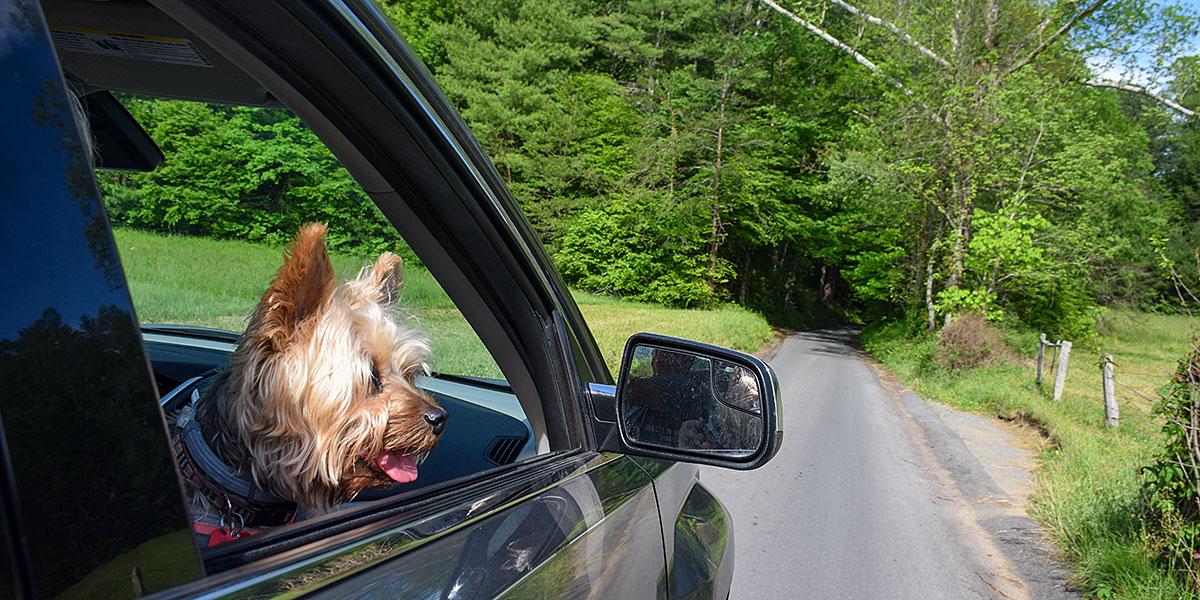 Last week in our blog post, we mentioned several things to do in Cades Cove on your next trip to the Smoky Mountains. This week we will continue with more info on making your trip to Cades Cove a special memory. So, when you want to take a break from a Smoky Mountain canopy tour, visit this great section of the national park located just about 30 minutes from Pigeon Forge, TN.
Last week in our blog post, we mentioned several things to do in Cades Cove on your next trip to the Smoky Mountains. This week we will continue with more info on making your trip to Cades Cove a special memory. So, when you want to take a break from a Smoky Mountain canopy tour, visit this great section of the national park located just about 30 minutes from Pigeon Forge, TN.
A Guided Tour of the Smokies
 On a recent trip to two national parks in the western U.S., we discovered a cool app that provided guided tours of both parks. It's called GuideAlong, and it uses GPS technology to pinpoint your location within the park, and that prompts the app to start audio narration pertaining to that location.
On a recent trip to two national parks in the western U.S., we discovered a cool app that provided guided tours of both parks. It's called GuideAlong, and it uses GPS technology to pinpoint your location within the park, and that prompts the app to start audio narration pertaining to that location.
It's Firefly Season!
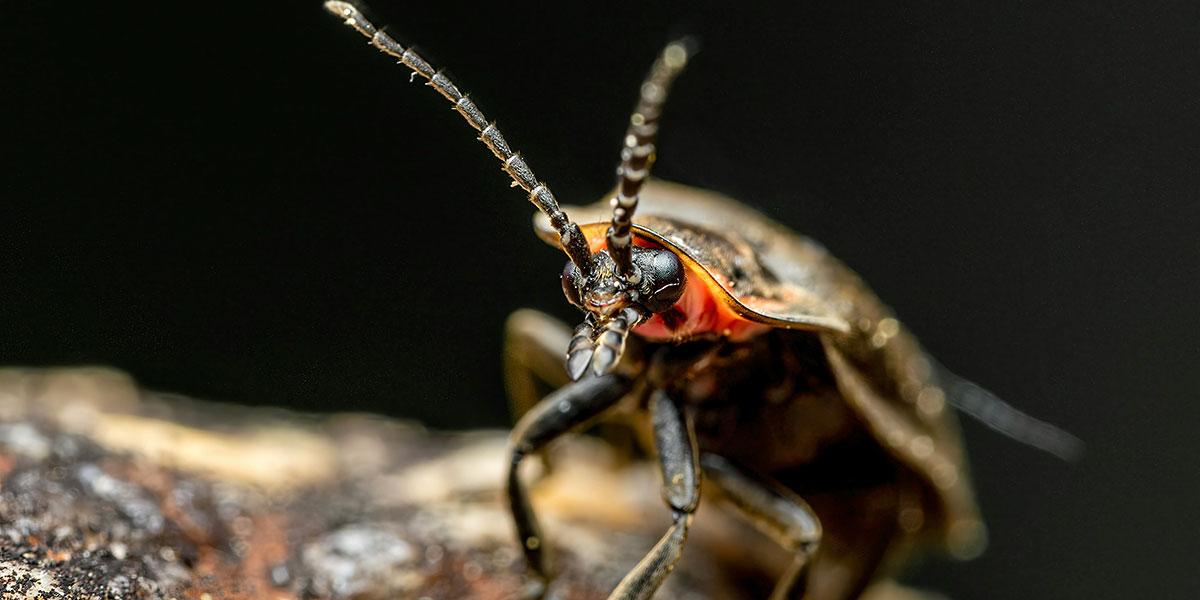 Something important is happening this week in Great Smoky Mountains National Park. They're holding a lottery. But before you get too excited about the prospect of winning millions of dollars, note that this is a different kind of lottery. The winners of this drawing will receive vehicle passes to see the synchronous fireflies in the Elkmont section of the park.
Something important is happening this week in Great Smoky Mountains National Park. They're holding a lottery. But before you get too excited about the prospect of winning millions of dollars, note that this is a different kind of lottery. The winners of this drawing will receive vehicle passes to see the synchronous fireflies in the Elkmont section of the park.
Have A Bearable Spring! Part 3
 We've spent the past two weeks sharing information about what to do and not do in case you ever run into a black bear in the wild while visiting Great Smoky Mountains National Park. This iconic symbol of the Smokies is a treasure here, but too often, negative human interactions threaten the lives not only of the people they encounter but also the bears themselves.
We've spent the past two weeks sharing information about what to do and not do in case you ever run into a black bear in the wild while visiting Great Smoky Mountains National Park. This iconic symbol of the Smokies is a treasure here, but too often, negative human interactions threaten the lives not only of the people they encounter but also the bears themselves.
Have A Bearable Spring! Part 2
 This week, we're continuing our deep dive into the world of the black bear, one of the many animal species that call Great Smoky Mountains National Park home. In our last post, we mentioned that as we get further into spring, the bear population will be emerging from its winter hibernation and set out in search of food. Mama bears and papa bears will be foraging for sustenance not only for themselves but for their cubs, which are often born during hibernation.
This week, we're continuing our deep dive into the world of the black bear, one of the many animal species that call Great Smoky Mountains National Park home. In our last post, we mentioned that as we get further into spring, the bear population will be emerging from its winter hibernation and set out in search of food. Mama bears and papa bears will be foraging for sustenance not only for themselves but for their cubs, which are often born during hibernation.
Have A Bearable Spring!
 Now that we're heading into April, we can probably safely say that we are fully ensconced in spring, at least in terms of our general weather patterns. We've likely seen our last snowfall for a while, and we're starting to really see things warm up and bloom in the Great Smoky Mountains.
Now that we're heading into April, we can probably safely say that we are fully ensconced in spring, at least in terms of our general weather patterns. We've likely seen our last snowfall for a while, and we're starting to really see things warm up and bloom in the Great Smoky Mountains.
Parking Tags Required For National Park
 Great Smoky Mountains National Park has long been one of the few national parks in the nation that doesn't charge an admission fee. That was actually one of the stipulations attached to one of the early land donations that led to the park's creation. But the days of completely free use of the most visited national park in the country are soon coming to an end. As of March 1, a special tag display will be required for anyone wishing to park their vehicle inside the national park.
Great Smoky Mountains National Park has long been one of the few national parks in the nation that doesn't charge an admission fee. That was actually one of the stipulations attached to one of the early land donations that led to the park's creation. But the days of completely free use of the most visited national park in the country are soon coming to an end. As of March 1, a special tag display will be required for anyone wishing to park their vehicle inside the national park.
Sevier County Shortcuts - Part 2
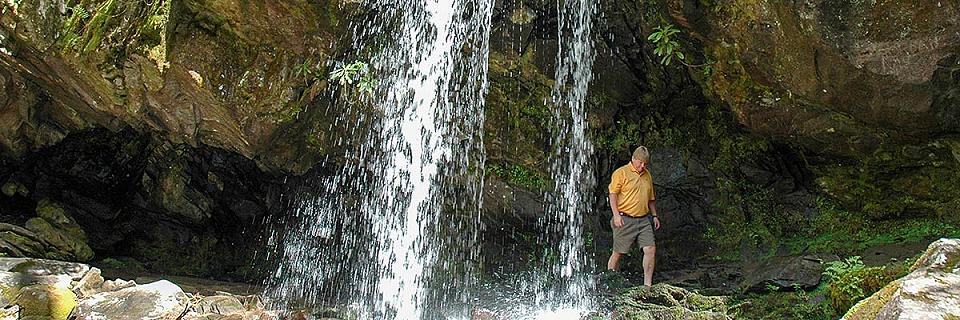 If there's one thing most people like, it's saving time, especially when it comes to minimizing time spent behind the wheel while on vacation; that frees up time to do the fun stuff that you went on your trip for in the first place.
If there's one thing most people like, it's saving time, especially when it comes to minimizing time spent behind the wheel while on vacation; that frees up time to do the fun stuff that you went on your trip for in the first place.
Trail Safety – Part 3
 We've devoted the past two blog posts to talking about how to stay safe when you're hiking the trails of Great Smoky Mountains National Park (or anywhere else, for that matter). So at this point, you probably assume you know everything there is to know about trail safety, right? Wrong, granola breath! This week, we're going to wrap up this series with just a few more items to keep in mind before you take on that next trek in the national park or the hiking destination of your choice. We're offering a collection of general tips and reminders to keep in mind when you're actually on your hike, courtesy of Smoky Mountain Ziplines. (At our Gatlinburg zip line attraction, we understand how important safety can be when enjoying the great outdoors in the mountains.)
We've devoted the past two blog posts to talking about how to stay safe when you're hiking the trails of Great Smoky Mountains National Park (or anywhere else, for that matter). So at this point, you probably assume you know everything there is to know about trail safety, right? Wrong, granola breath! This week, we're going to wrap up this series with just a few more items to keep in mind before you take on that next trek in the national park or the hiking destination of your choice. We're offering a collection of general tips and reminders to keep in mind when you're actually on your hike, courtesy of Smoky Mountain Ziplines. (At our Gatlinburg zip line attraction, we understand how important safety can be when enjoying the great outdoors in the mountains.)
Trail Safety - Part 2
 Late autumn is a great time to visit Smoky Mountain Ziplines. And if you're trying to come up with even more fun things to do, Gatlinburg is the gateway to Great Smoky Mountains National Park. In our previous blog post, we introduced you to the topic of trail safety when hiking in the national park. With more than 800 miles of trails to explore, the park is known for its wide range of hikes, from wildflower trails to soaring mountain peaks. Considering some of the rugged terrain involved as well as ever-changing climate conditions and the varying levels of hiking experience among the millions who visit the park every year, safety should be a priority when embarking on an outdoor trek.
Late autumn is a great time to visit Smoky Mountain Ziplines. And if you're trying to come up with even more fun things to do, Gatlinburg is the gateway to Great Smoky Mountains National Park. In our previous blog post, we introduced you to the topic of trail safety when hiking in the national park. With more than 800 miles of trails to explore, the park is known for its wide range of hikes, from wildflower trails to soaring mountain peaks. Considering some of the rugged terrain involved as well as ever-changing climate conditions and the varying levels of hiking experience among the millions who visit the park every year, safety should be a priority when embarking on an outdoor trek.
A Hike To Abrams Falls
 Have you had a chance to visit us at Smoky Mountain Ziplines yet this season? If not, you're missing out on our amazing zipline canopy tour and some of the best spring weather we've seen in a long time. But there's still plenty of time this spring and summer to work us into your vacation-travel plans.
Have you had a chance to visit us at Smoky Mountain Ziplines yet this season? If not, you're missing out on our amazing zipline canopy tour and some of the best spring weather we've seen in a long time. But there's still plenty of time this spring and summer to work us into your vacation-travel plans.
Great Smoky Mountains National Park in Winter
 A couple of weeks ago, we talked about all the things going on at Dollywood theme park during the winter off-season. This time around, we thought we'd shine the spotlight on Great Smoky Mountains National Park and what visitors can expect to find there during the cold-weather months.
A couple of weeks ago, we talked about all the things going on at Dollywood theme park during the winter off-season. This time around, we thought we'd shine the spotlight on Great Smoky Mountains National Park and what visitors can expect to find there during the cold-weather months.
A Long Winter's Sleep
 The black bear is one of the iconic symbols of the Great Smoky Mountains. But this time of year, bear sightings tend to be few and far between now that we're well into winter. This is when bears typically go into hibernation, an annual phenomenon that most folks are at least passingly familiar with, if only on a basic level.
The black bear is one of the iconic symbols of the Great Smoky Mountains. But this time of year, bear sightings tend to be few and far between now that we're well into winter. This is when bears typically go into hibernation, an annual phenomenon that most folks are at least passingly familiar with, if only on a basic level.
Tent Camping In The National Park
 Last week, we served up a quick overview of RV camping opportunities in the Smokies area, including those inside Great Smoky Mountains National Park. This week, we're going to get a little more primitive and introduce you to good old tent-camping locations, and we're going to focus exclusively on the national park instead of incorporating private campgrounds.
Last week, we served up a quick overview of RV camping opportunities in the Smokies area, including those inside Great Smoky Mountains National Park. This week, we're going to get a little more primitive and introduce you to good old tent-camping locations, and we're going to focus exclusively on the national park instead of incorporating private campgrounds.
This Historic Homes Of Cades Cove, Part II
 A couple of weeks ago, we took a brief tour of several of the historic homesteads located in the Cades Cove community in Great Smoky Mountains National Park. These preserved structures were once the homes of some of the area's early white settlers, who lived in the cove during the 1800s and into the early 1900s, until the creation of the national park. Today, these homes provide unique glimpses into the lifestyles these frontier families lived, and fortunately, they still stand as reminders of what life was like in East Tennessee more than a century ago.
A couple of weeks ago, we took a brief tour of several of the historic homesteads located in the Cades Cove community in Great Smoky Mountains National Park. These preserved structures were once the homes of some of the area's early white settlers, who lived in the cove during the 1800s and into the early 1900s, until the creation of the national park. Today, these homes provide unique glimpses into the lifestyles these frontier families lived, and fortunately, they still stand as reminders of what life was like in East Tennessee more than a century ago.
How To See The Synchronous Fireflies This Year
 Normally, this is the time of year when folks would be coming to East Tennessee from all over the world to witness the synchronous fireflies of the Tremont section of Great Smoky Mountains National Park. You're probably familiar with them by now, but if you're not, prepare to be amazed. Tremont is home to a species of fireflies that lights up in unison during an approximate two-week period each year, most likely as part of their mating season. The national park is one of only a handful of places worldwide where this phenomenon takes place.
Normally, this is the time of year when folks would be coming to East Tennessee from all over the world to witness the synchronous fireflies of the Tremont section of Great Smoky Mountains National Park. You're probably familiar with them by now, but if you're not, prepare to be amazed. Tremont is home to a species of fireflies that lights up in unison during an approximate two-week period each year, most likely as part of their mating season. The national park is one of only a handful of places worldwide where this phenomenon takes place.
The National Park Is Reopening
 This past week saw the reopening of a number of businesses (mostly shops, restaurants and hotels) in the Great Smoky Mountains of Tennessee. Visitors are starting to return to the area, and there are signs that life may gradually be returning to the old normal (although it's still too early to tell if this increased accessibility will lead to a new spike in illness rates). For now, most of the local attractions – including our zip lines in the Smoky Mountains – have chosen not to reopen just yet in the interest of ensuring guest protection. We will be welcoming guests back as soon as we feel it is safe to do so. We recommend following us on Facebook to keep up with the latest information regarding the status of our zipline attraction.
This past week saw the reopening of a number of businesses (mostly shops, restaurants and hotels) in the Great Smoky Mountains of Tennessee. Visitors are starting to return to the area, and there are signs that life may gradually be returning to the old normal (although it's still too early to tell if this increased accessibility will lead to a new spike in illness rates). For now, most of the local attractions – including our zip lines in the Smoky Mountains – have chosen not to reopen just yet in the interest of ensuring guest protection. We will be welcoming guests back as soon as we feel it is safe to do so. We recommend following us on Facebook to keep up with the latest information regarding the status of our zipline attraction.
Scenic Drives In The Appalachians
 There's a reason that more than 10 million visitors travel to Great Smoky Mountains National Park each year. The range is one of the most beautiful sights in the country, and the park offers myriad ways for guests to enjoy outdoor recreation in the midst of all that scenery. However, those who don't have the time or otherwise aren't inclined to get out and get lost (metaphorically speaking) in nature have another means at their disposal of appreciating all that eye candy. Next time you're in the Smokies – or any other section of the Appalachians, for that matter – consider taking one of the many scenic drives and tours that provide motorists with stunning views as they travel from Point A to Point B.
There's a reason that more than 10 million visitors travel to Great Smoky Mountains National Park each year. The range is one of the most beautiful sights in the country, and the park offers myriad ways for guests to enjoy outdoor recreation in the midst of all that scenery. However, those who don't have the time or otherwise aren't inclined to get out and get lost (metaphorically speaking) in nature have another means at their disposal of appreciating all that eye candy. Next time you're in the Smokies – or any other section of the Appalachians, for that matter – consider taking one of the many scenic drives and tours that provide motorists with stunning views as they travel from Point A to Point B.
Black Bear Protocol 101: A Refresher Course
 Once or twice a year, we try to use our blog to spread the word to visitors about the dos and don'ts of encountering black bears in the Great Smoky Mountains. The National Park Service has a number of recommendations (and laws) in place to discourage human-bear interaction, all of which are for the benefit of both the bears and the millions of human guests that visit Great Smoky Mountains National Park each year.
Once or twice a year, we try to use our blog to spread the word to visitors about the dos and don'ts of encountering black bears in the Great Smoky Mountains. The National Park Service has a number of recommendations (and laws) in place to discourage human-bear interaction, all of which are for the benefit of both the bears and the millions of human guests that visit Great Smoky Mountains National Park each year.
